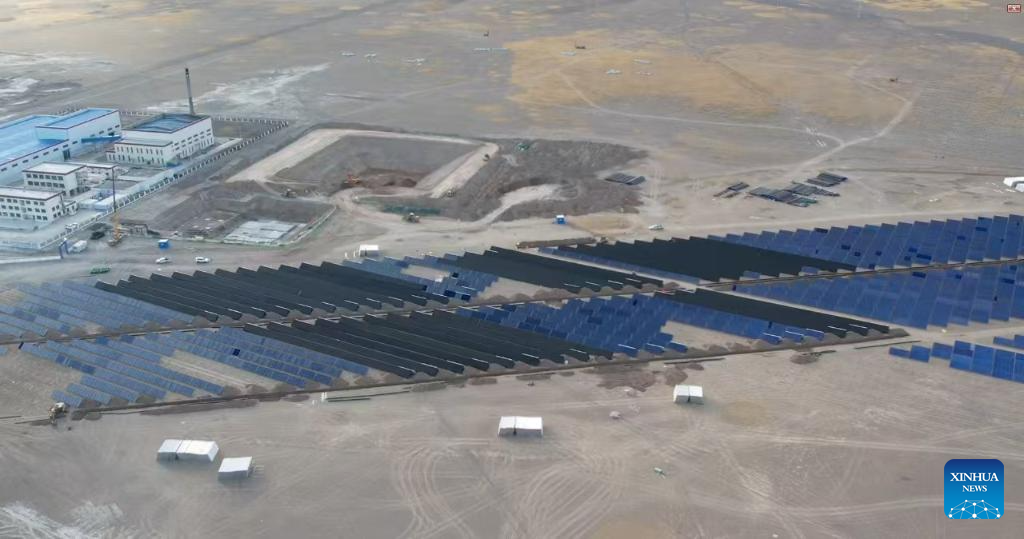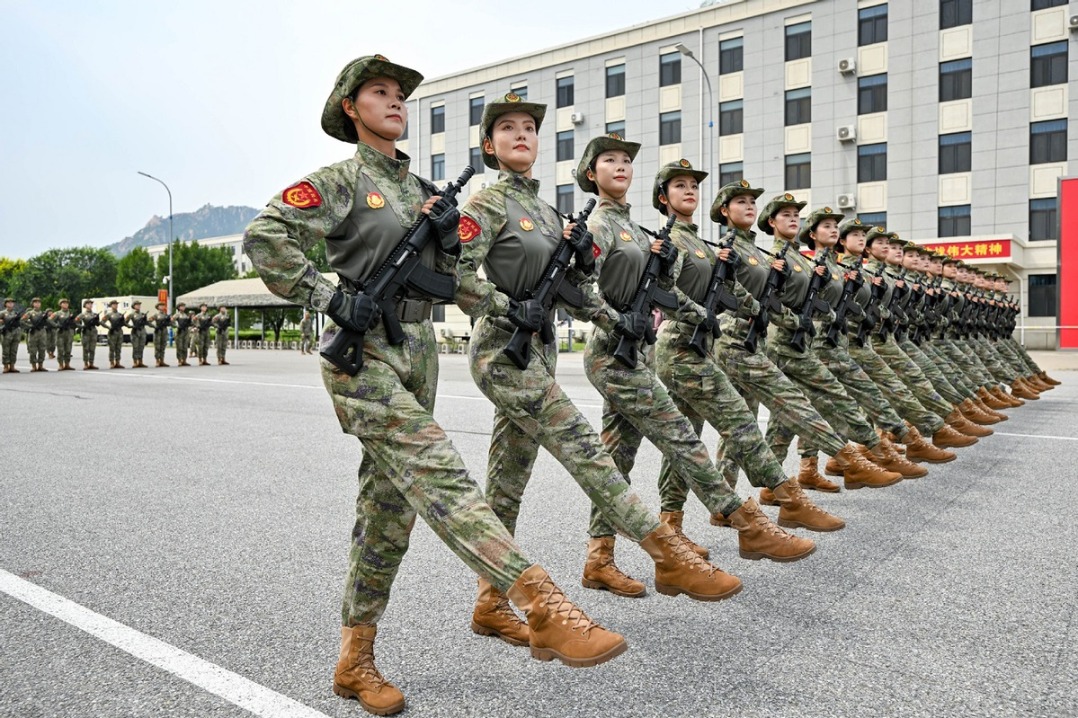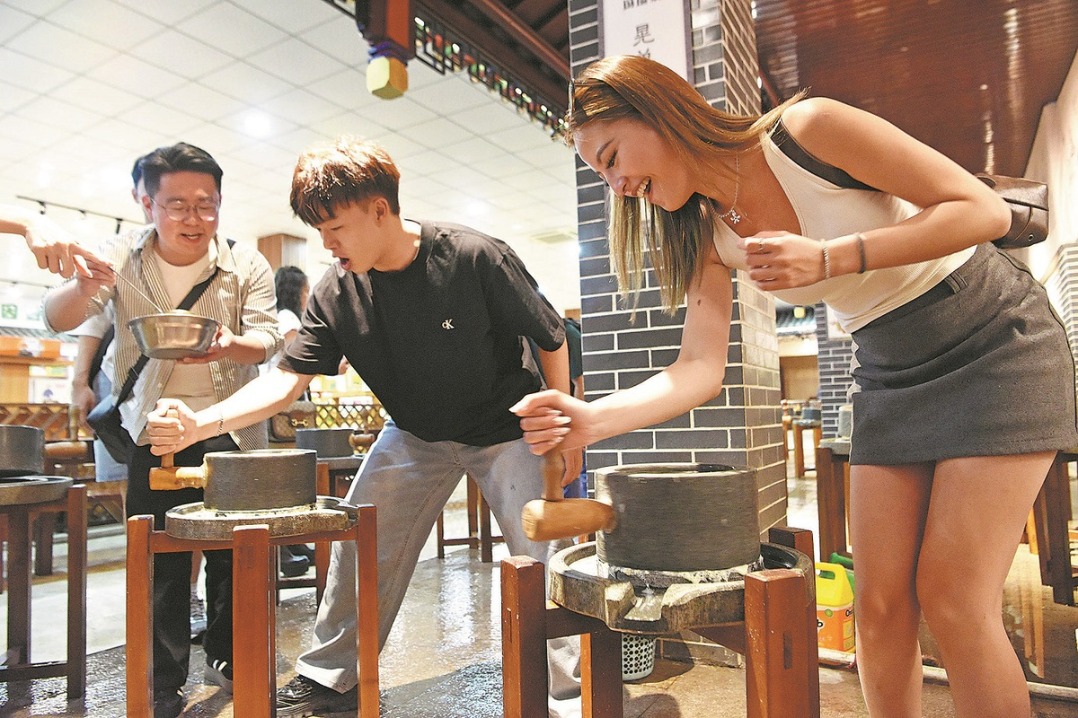Clean energy heating transformation paves way for warmer, greener winters


LHASA -- Even in August, herder Mikyo Dorje always puts on his thick Tibetan sheepskin robe when going out in Tsochen county, Southwest China's Xizang autonomous region. The county sits at an altitude of 4,700 meters, and temperatures there can drop to as low as 5 degrees Celsius at this time of year -- and that is nothing compared to its winter lows.
But inside his home, keeping warm in the coldest months is no longer a problem thanks to a new solar energy heating project that went into operation last October, with a total investment of 314 million yuan (about $44 million).
"The heating system is so much better now. We do not need to burn smelly dung from our livestock to heat the house in winter," he said.
In 2018, the county dependent on animal husbandry shifted from burning dung -- a traditional practice for thousands of years -- to using central heating powered by a biomass fuel mainly composed of agricultural waste.
But even the biomass fuel-powered heating system had its drawbacks. It was energy-intensive and costly, and often failed to keep indoor temperatures above 18 degrees Celsius due to incomplete fuel combustion, explained Li Haoju, technical director of the county's solar energy central heating project, the arrival of which marked a turning point for the county.
"Generating heat by solar power minimizes pollution and reduces bacteria and parasites, eventually improving herders' livelihoods," Li said, adding that the project makes good use of the abundant solar energy resources of the Qinghai-Tibet Plateau and contributes to the protection of its vulnerable ecosystem.
Over 6,000 photovoltaic panels have been installed on the northeastern side of the county. The project's system operates by heating water using solar energy, storing the heated water in insulated tanks, and then distributing it to areas that require heating.
Inside the thermal plant, real-time indicators tracking factors such as heat output and pipeline pressure are displayed on a smart screen for staff reference. Water is maintained at a relatively stable temperature of 60 to 70 degrees Celsius.
Li said that this solar energy heating system can keep indoor temperatures stable at around 20 degrees Celsius throughout the county's heating season, which lasts from October through May in general. What's more, it can even ensure stable heating in extreme cold weather for a week.
In 2023, Xizang launched an initiative to promote clean energy heating, with pilot areas spanning all six of the region's cities and one prefecture to address the heating needs of farmers and herders. Among all central heating systems in Xizang, clean energy accounts for 89 percent of heat generation, according to the regional housing and urban-rural development department.
The initiative has already provided clean heating solutions to more than 150,000 people, and is expected to benefit approximately 200,000 once newly-installed and retrofitted heating facilities go into full operation, the department said.
The solar energy heating project in Tsochen county will start operation again by late September, ensuring full-capacity heating for the coming winter.
"In the winter, we can take off our robes and coats when staying in our cozy home. And my children no longer have cold hands when they are doing their homework," Mikyo Dorje said.
- Clean energy heating transformation paves way for warmer, greener winters
- Gala held in Lhasa to mark 60th founding anniv. of Xizang autonomous region
- Full coverage of radio, television enriches villagers' lives in Xizang
- Go's popularity makes it a cultural bridge in Turkiye
- Xi attends grand gathering to celebrate Xizang autonomous region's 60th founding anniversary
- Gen Z redefines reading through screens and apps





































